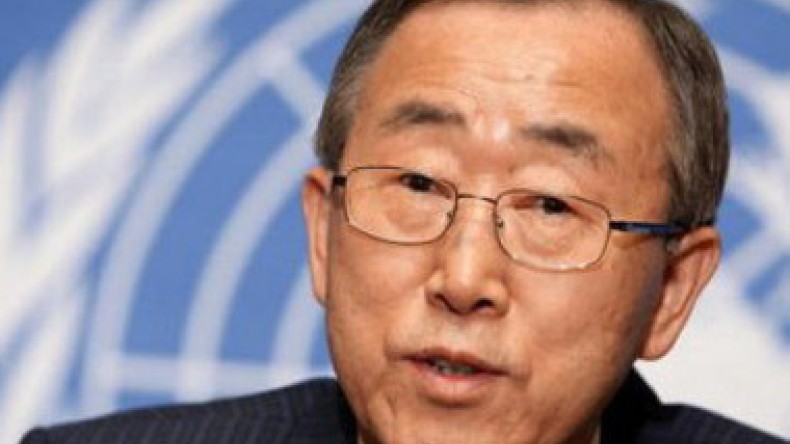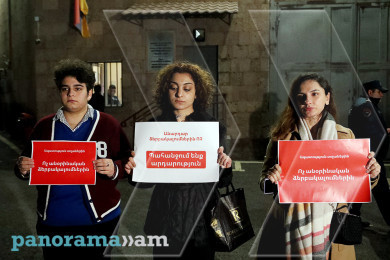
Women and girls at forefront of reducing risk of natural hazards
UN Secretary-General Ban Ki-moon has issued an address on the International Day for Disaster Reduction observed on October 13.
“This year’s observance of the International Day for Disaster Reduction seeks to highlight the need for women and girls to be at the forefront of reducing risk and managing the world’s response to natural hazards.
Across the world, women and girls are using their roles within families and communities to strengthen risk reduction.
In Bangladesh, women organized themselves to prepare for and respond to floods by teaching other women how to build portable clay ovens and elevate houses.
In South Africa, marginalized adolescent girls have been empowered to help design plans to reduce the impact of drought and severe wind storms.
In the Bolivian Altiplano, indigenous women have consolidated traditional agricultural and climatic knowledge, which resulted in significant reduction of crop losses from hail, frost and flooding.
In Viet Nam, villagers have been introduced to disaster reduction issues through customized radio soap operas that incorporate real-life examples and stories from local women.
And following the tsunami and earthquake in Tohoko region, Japan, women played a central role in re-establishing income opportunities, with a special focus on single mothers.
Such efforts advance understanding of how communities can benefit from encouraging women to take leadership roles in disaster risk reduction, and will only become more valuable as climate change intensifies and as the world struggles to cope with extreme weather and disasters that affect an average of more than 200 million people annually.
On this International Day for Disaster Reduction, let us recognize that, as the theme of this year’s observance declares, women and girls are the “[in]Visible Force of Resilience.”
Newsfeed
Videos






























